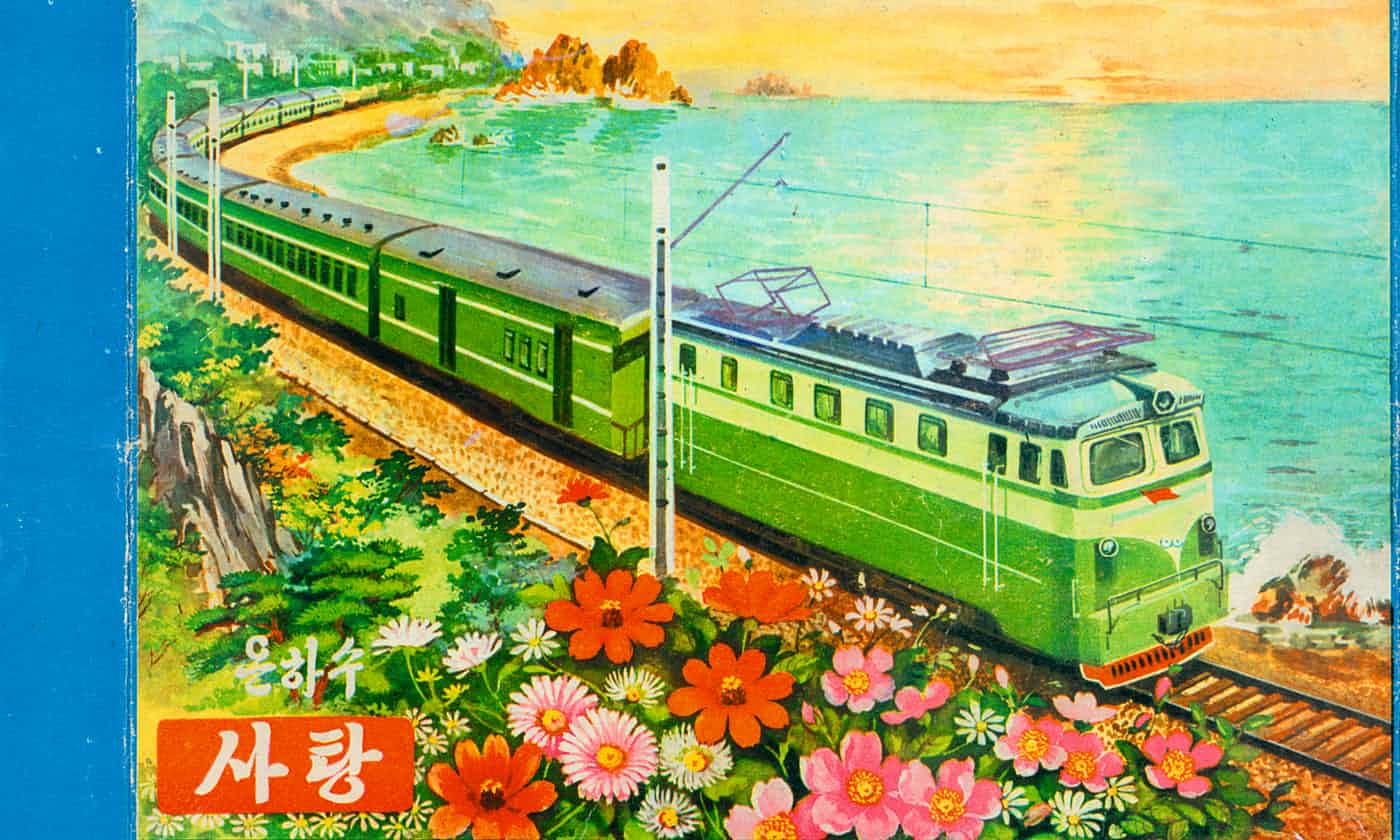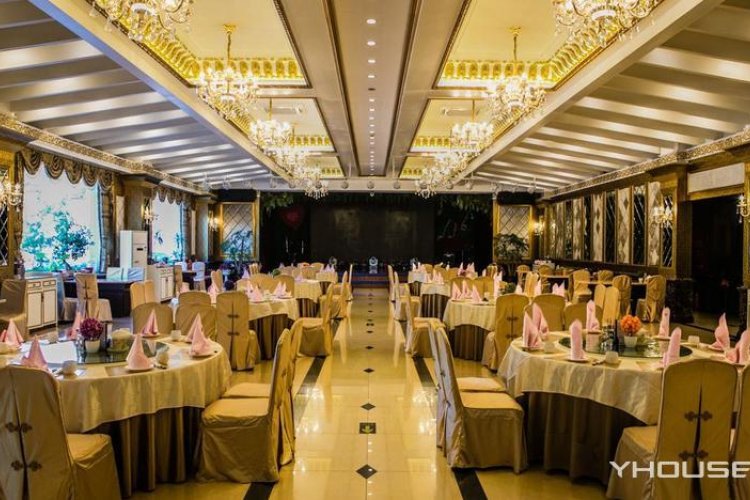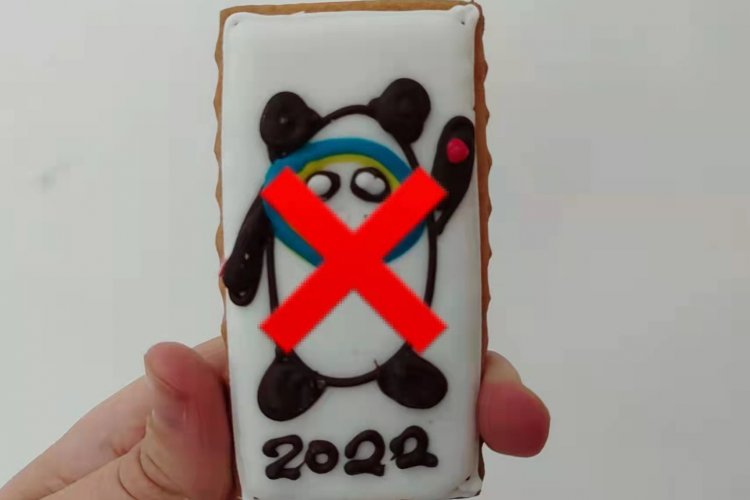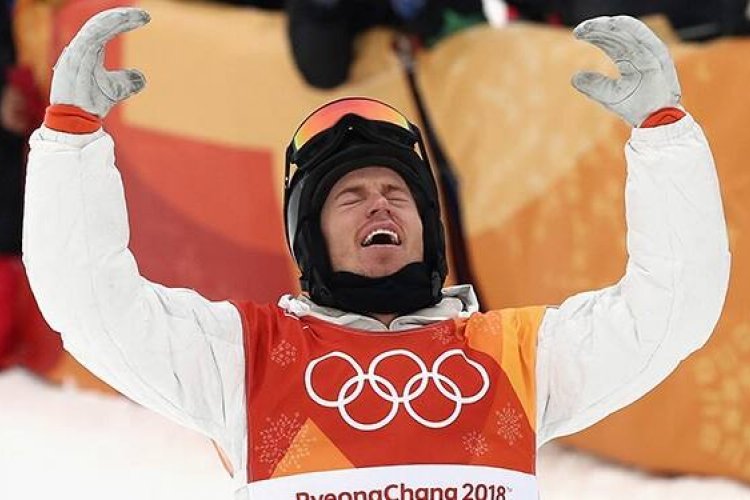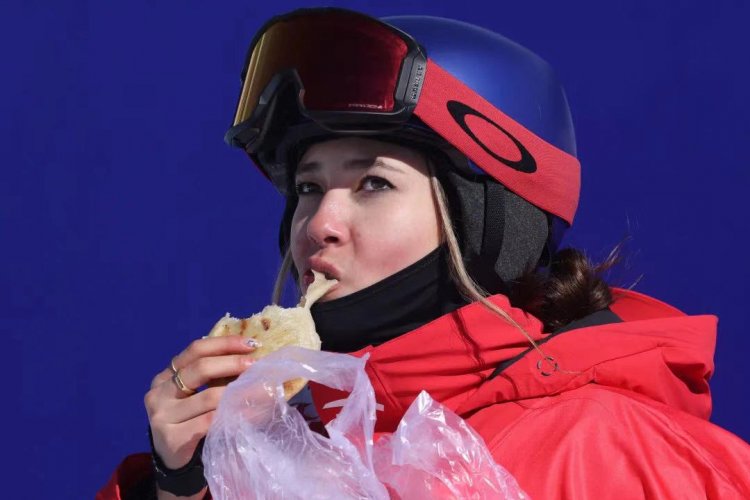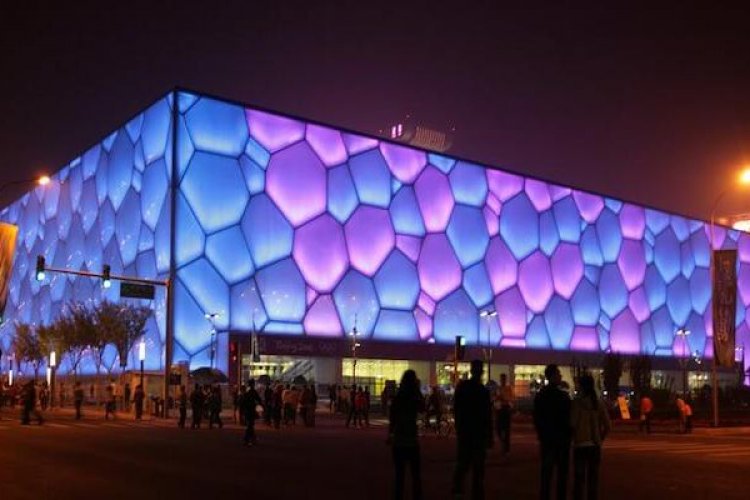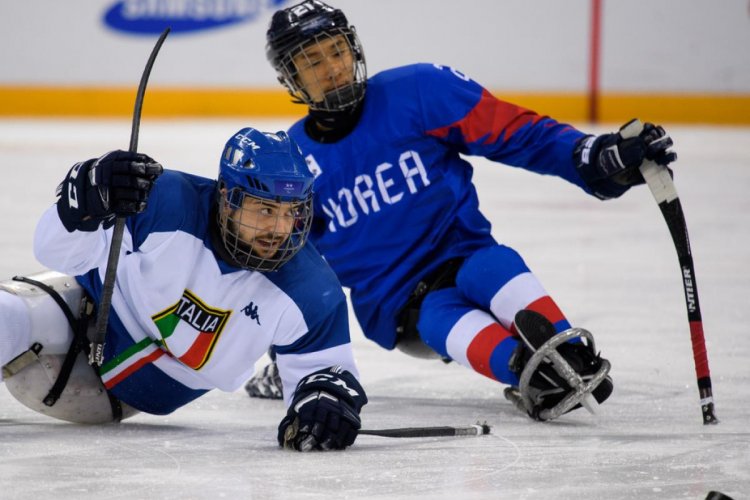North Korea on Display: Koryo Tours Founder On Bringing New Art and Design Exhibit to London
Nicholas Bonner is bringing nicknacks from one of the most isolated nations on the planet to the walls of a renowned London art gallery. Best known for shooting documentaries in the Democratic People's Republic of Korea (DPRK, more commonly referred to as North Korea) and for founding Koryo Tours (which coordinates tours to North Korea via their office in Sanlitun), the multidisciplinary Brit’s latest project about the Hermit Kingdom may be his simplest yet. It also has the potential to be his most effective.
In it, Bonner shows off his collection of candy wrappers, canned food labels, and propaganda posters and offers outsiders a rare glimpse into the less bombastic side of a much maligned country. Titled Made in North Korea: Everyday Graphics from the DPRK, the exhibit will be held at the House of Illustration, King’s Cross, London, from Feb 23 to May 13, and is based on his book by the same name published this past fall (and which you can read more about here).
Below, the founder of one the most offbeat tour companies to ever be based in Beijing talks about getting into the British art racket, muses on the 2018 Winter Olympics’ impact on the Korean Peninsula, and address the critics who accuse him of peddling North Korean propaganda.

How does it feel to have this exhibit up and running in London?
As author and friend Paul French said in a Facebook post: “Nobody has ever turned the accumulated rubbish under their bed into a better book.” I was rather surprised when Phaidon’s commissioning editor for architecture saw my collection of North Korean graphic ephemera as something special. It’s not everyone who understands the beauty associated with Air Koryo sugar sachets and Pyongyang metro tickets! The natural extension of my book about the subject was an exhibition, and to be contacted by the House of Illustration in London was another great opportunity. We’ve worked with a very innovative design company for the show, and it is certainly going to be colorful. It works for those with a graphic bent, but also looks at what those graphics reveal about North Korean society – an almost ethnological study, if you will.
For those of us in Beijing curious about this exhibit, but can’t make it to London, is there anything at Koryo’s Beijing office, or anything on Koryo’s social media, which we can check out as a substitute?
Yes, absolutely – we have a dedicated Instagram account (@KoryoStudio) for those interested in seeing more of North Korea’s art, architecture, design, and graphics. A trawl through our website will reveal hidden gems and some great clips. People are also very welcome to come to our office, just next to Yashow, where we have a small gallery space.

An article in The Guardian about the exhibit says: “The House of Illustration exhibition, Made in North Korea: Everyday Graphics from the DPRK, offers an unprecedented insight into the look of common objects, such as posters, sweet wrappers and stamps, all collected by Nicholas Bonner.” Tell us about collecting some of those objects.
I have many favorites, and there are stories behind every object. I suppose, in a way, the book is a diary in graphic form – for example, the Mass Games ticket in Made in North Korea is the very same one that I used to gain entry to record the indoor performance of the girls we’d been filming for over a year (for our BBC documentary A State of Mind). However, perhaps the one that amuses me the most is the frivolous design on the Air Koryo sugar sachet. In a society that really isn’t known for being frivolous, they’ve still gone out of their way to think about how best to decorate something as functional and mundane as a packet of sugar.
I’d imagine that most people don’t expect graphic designers in North Korea to be anything more than cold or communist in their outlook, but – with this piece – it’s clear that someone has spent time, as a designer, thinking about the importance of the graphics. It makes you realize that even within this most autocratic of systems there is still a sense of the human touch.
That article also states: “Bonner’s collection of ephemera reveals a graphic tradition that, although not entirely uniform in style, has developed in near isolation inside a closed society.” What are your thoughts on how that near isolation has affected the country’s graphic tradition, and what are some of the key characteristics as a result? Are there key motifs that keep popping up and catching your eye?
It is perhaps because the country has been so isolated that the graphics remained unchanged for such a long time. This isolation allows the propaganda to work internally as there is very little to contrast it with. For example, Pyongyang – the capital city – has a strong presence within the country’s graphic design. In an extension of the idea that "Our country is best" the capital is presented to the people as one of the world’s great cities – even though few have experience of any other.
The symbolism used on many of the North Korean graphics are unique to the country; for example, every North Korean seeing an image of the Kangson Steelworks – representing the industrial capacity of their country – knows that the product is selling itself as strong and reliable. Similarly, designs featuring the Kumgang Mountains are understood to be representative of products associated with vitality and health, while pine trees and flying cranes symbolize longevity.
External influences were almost non-existent for the longest time, but, from 2002, with the economic changes, there were more foreign products arriving. One make of North Korean cigarette – Paekdusan – certainly tried to emulate a Western high-quality brand. Known locally as the "Korean Rothmans" it not only tried to copy the taste of the cigarette, but also the style of packaging.

How has the recent political turmoil on the Korean Peninsula affected Koryo’s tours, and this current exhibition in the UK? I’m wondering if there are different benefits and drawbacks, businesswise.
The end of 2017 was quieter than normal in terms of bookings, but tourist numbers this year are now actually looking very healthy. People traveling to North Korea with us in 2018 seem particularly interested in the big events on the calendar. For example, the Pyongyang Marathon on Apr 8; our tours for May Day, which is a great opportunity to mix with locals on their day off; plus we’re seeing a significant upswing in numbers booking for September 9, which is the 70th anniversary of the founding of the DPRK – this extra interest might have something to do with the fact that a military parade is expected that day.
The fact that numbers at the end of last year were a little low is almost certainly down to the news headlines, and the increasingly negative political narratives at that time, but I think most people looking in to these tours understand that things happening at the geopolitical level don’t have any actual bearing on what it’s like to go on tour in the country itself. Things are also looking increasingly positive more generally, thanks to the Olympics, and, we’re particularly excited about our tours in 2018 as this is our 25th year of helping people travel to North Korea on the trip of a lifetime, but ensuring it’s done in a responsible and rewarding way.
Tell us more of your thoughts on the DPRK's participation in the Winter Olympics in South Korea.
At Koryo we believe that engagement over isolation can only be a positive thing – one day it will eventually mean progression towards stability on the peninsula. Of course issues such as the breaking up of the South Korean ice hockey team are sensitive, but, in general, the moves we have seen do seem to follow the stated ethos of the Olympics, which is "to contribute to building a peaceful and better world."

A few years back I asked your colleague, Simon Cockerell, about critics who object to Koryo putting on tours because it helps spread DPRK propaganda. He told me: “If you’re going to criticise someone for being isolationist, the act of isolating them further won’t solve the problem ... Our image of them is very bad, their image of us is very bad, but even if you can just kick a football around with them for 20 minutes, they’ll think ‘Wow, some foreigners can be okay sometimes.'" What are your thoughts on that?
Engagement works both ways. I see it as a long and continual process to provide knowledge, and to bridge the gap in understanding – both for the Koreans and the West. The latter prides itself on soft power, but compared to the cultural engagement that was leveraged with China in the 1990s there are currently almost no official exchanges when it comes to North Korea; in fact it would be difficult to do less.
The UN’s special rapporteur on the situation of human rights in the DPRK said in his latest annual report, in September 2017, to the UN’s Human Rights Council, and the General Assembly, that one of his conclusions was: "The international community should support current efforts to promote engagement" and "support confidence-building and peace-building initiatives with the Democratic People’s Republic of Korea, including by Member States and non-governmental organisations, in order to reduce the country’s isolation from the international community."
And so, for our part, Koryo Tours continues to promote responsible tourism to the DPRK, which has allowed us to achieve some of the most significant engagement projects in the country – from international sport and film exchanges, to cultural endeavours that have brought North and South Koreans together, not to mention the humanitarian work that we do in the background of our more general tourism activities. If anyone would like further information about any of our projects then we’d be more than happy to hear from them.
More stories by this author here.
Email: kylemullin@truerun.com
Twitter: @MulKyle
Instagram: mullin.kyle
Photos: The Guardian, CNN, lexpress.fr, My Chinese Now,

